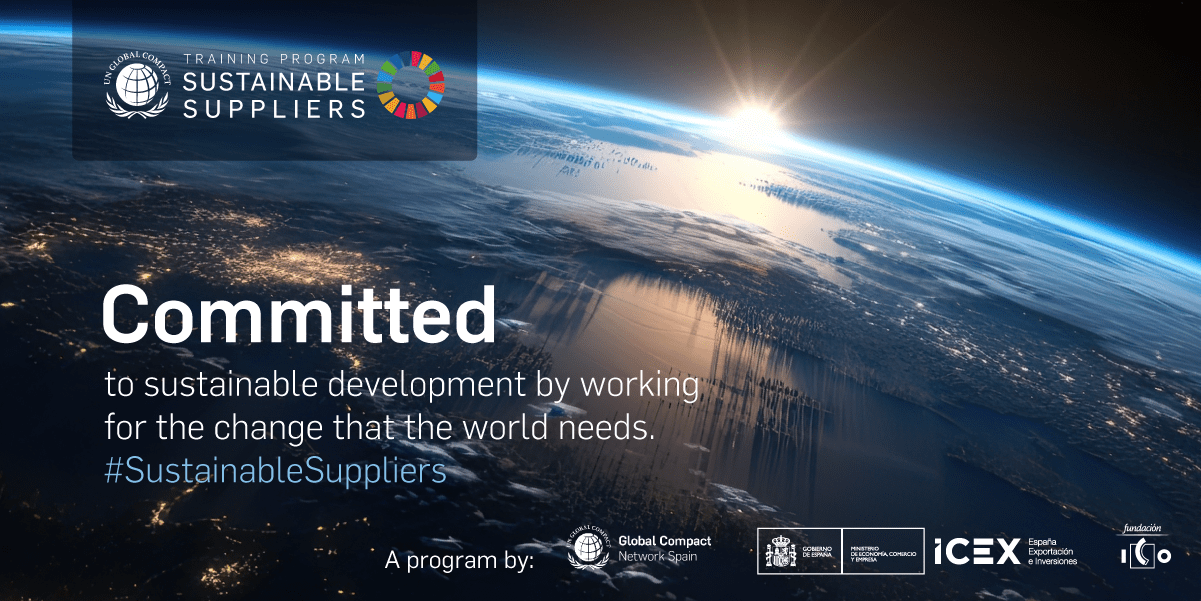Researchers claim that AI-translated text is less ‘lexically’ rich than most human translations.
Human interpreters make choices unique to them, consciously or unconsciously, when translating one language into another. They might explicate, normalize, or condense and summarize, creating fingerprints known informally as “translationese”. In machine learning, generating accurate translations has been the main objective thus far. But this might be coming at the expense of translation richness and diversity.
What is AI Translation?
AI Translation is the alternative to using a human translator, automatically translating one language into another. It can interpret individual words in many different languages, building a translation! It is a faster alternative to using human translators; however, the accuracy of the text will never be as exact as that of a human translator.
The reality
Research reports that through the analysis of a collection of reference translations, human translations always had a higher lexical diversity regardless of the AI used. Therefore, arguing that the diversity and accuracy of human translations are higher in terms of vocabulary and synonym usage. This loss of language richness has a stronger impact on morphologically richer languages, like Spanish and French, as the context is essential to choose the right translation. This loss of language richness is problematic as it can cause grammatical mistakes. Furthermore, bias can emerge which can be a big issue, especially when dealing with business transactions and legal documents.
Hence, the advances of AI translation are useful to a limited extent: those cases when a fast and not necessarily complete translation is needed. However, human translation continues to be the most reliable source of translation. It’s important to understand that translating is not a matter of a literal transcription between two languages; a good translation takes into account the context and culture of both the initial and receiving languages, ensuring the interpretation of the text is to its utmost accuracy.
Here at BBLTranslation, we adapt ourselves to our clients’ needs. We make use of AI Translations for those clients who need a quick understanding of the language. If they need a proficient piece of work, then human translations must be used. This is mandatory when a high-quality interpretation is essential, in which case not only do we translate, but we carry out multiple proofs to ensure the translation is of the highest quality. Lastly, we offer AI translations with a human touch as a solution for those clients who wish to use an AI translation first, and then, require proof from a professional. In this proof, our professionals will correct mistakes to make the final product as correct as possible, even if the final result won’t be the same as one made directly by a professional.
What are your translation needs?
Photo of Gerd Altmann from Pixabay





